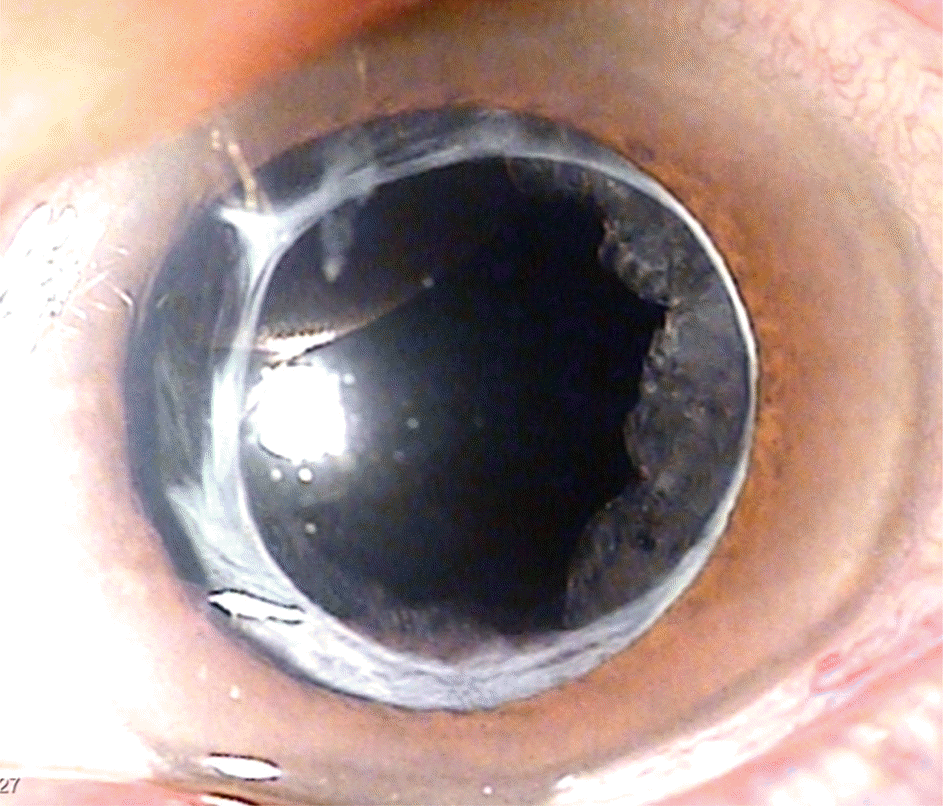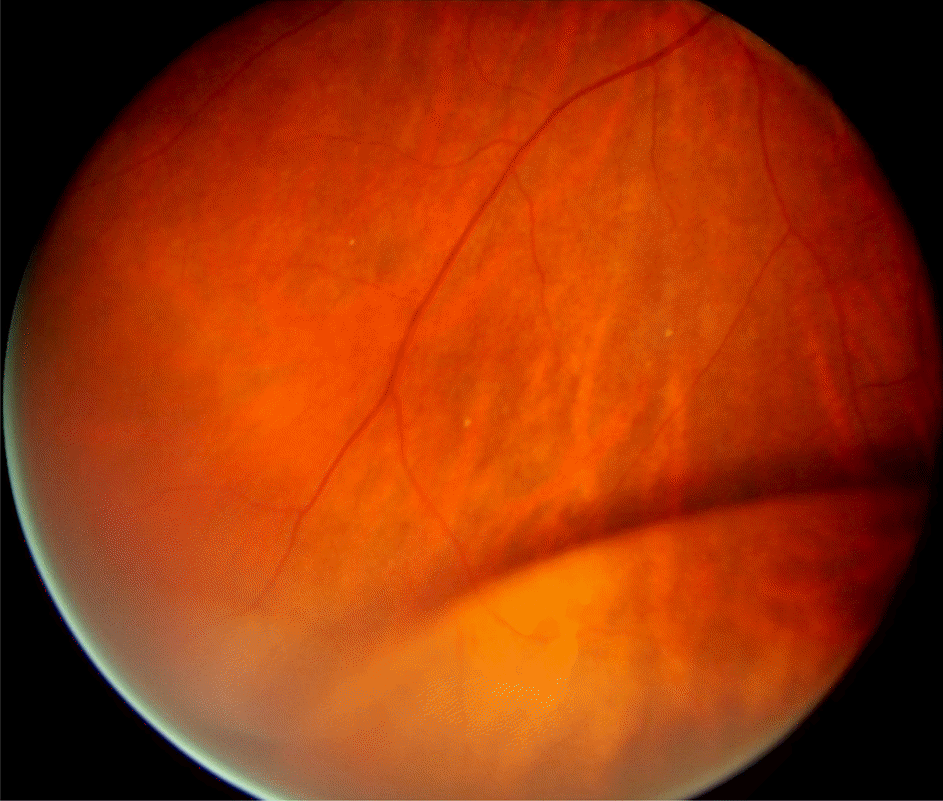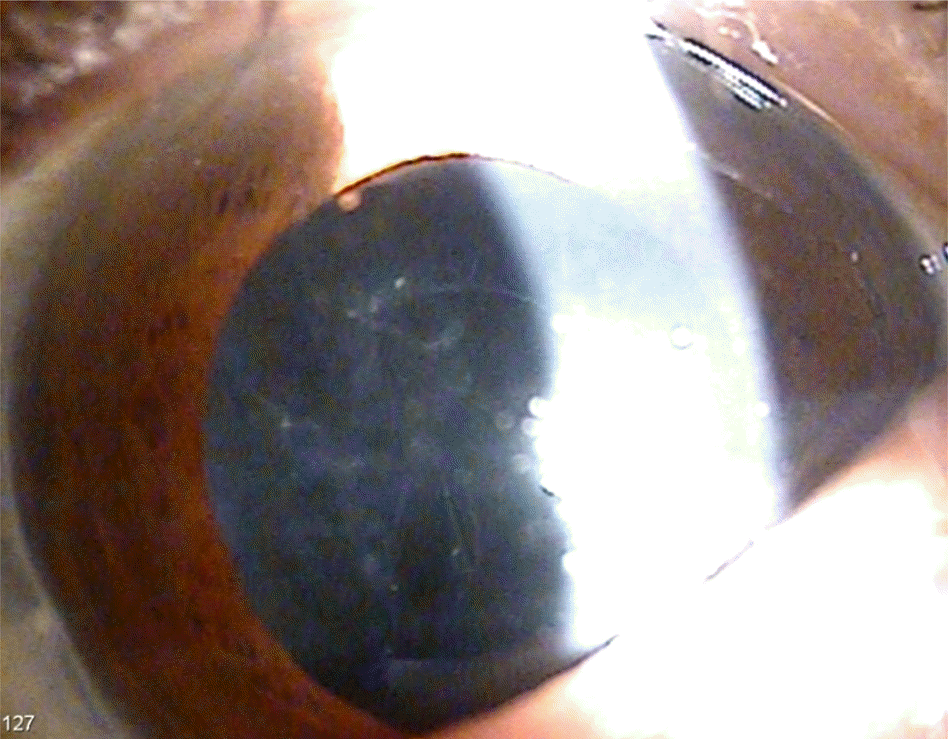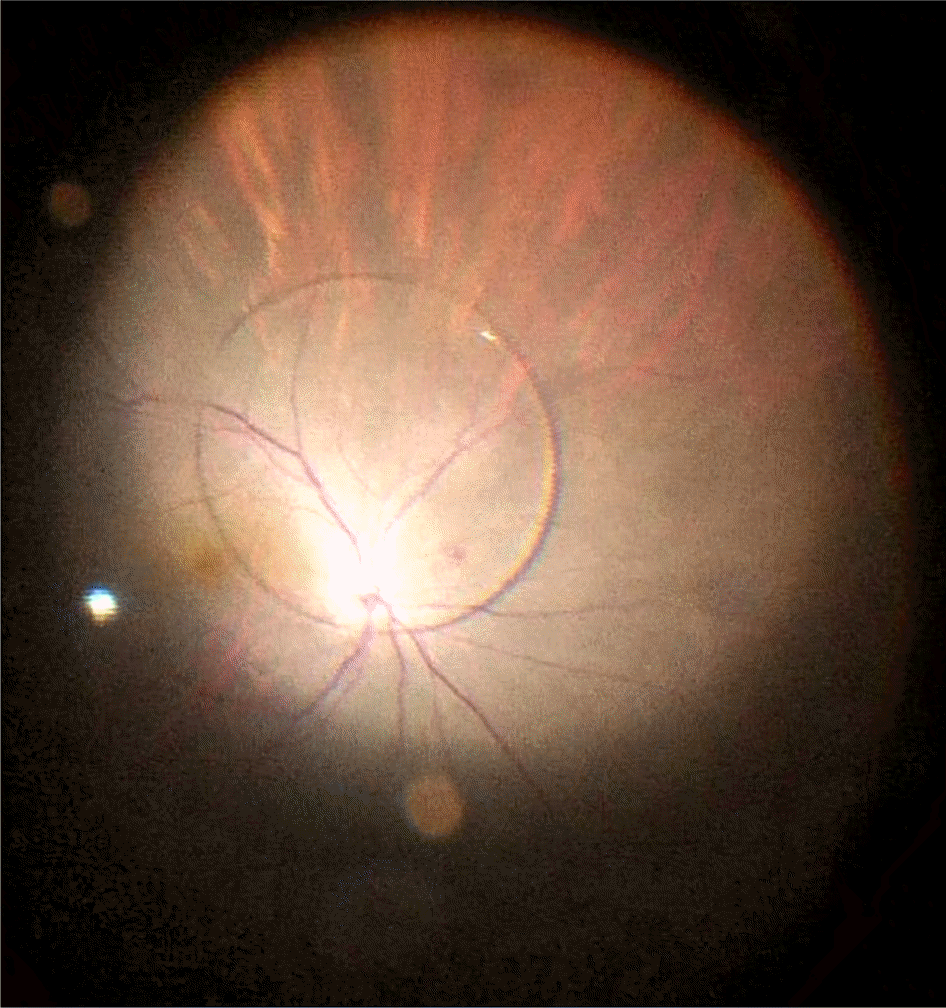초록
Purpose:
To report 2 cases of WIOL-CF® intraocular lens (IOL) (Gelmed International, Kamenne Zehrovice, Czech Republic) dislocation after neodymium-doped yttrium aluminum garnet (Nd:YAG) laser capsulotomy.
Go to : 
References
1. Kim HJ, Seo JW, Shin SJ, Chung SK. Visual outcome and stability of hydrogel full-optics accommodative intraocular lens. J Korean Ophthalmol Soc. 2011; 52:1448–54.

2. Floyd AM, Werner L, Liu E, et al. Capsular bag opacification with a new accommodating intraocular lens. J Cataract Refract Surg. 2013; 39:1415–20.

3. Kang KT, Kim YC. Dislocation of polyfocal full-optics accommodative intraocular lens after neodymium-doped yttrium aluminum garnet capsulotomy in vitrectomized eye. Indian J Ophthalmol. 2013; 61:678–80.

4. Liu CS, Wormstone IM, Duncan G, et al. A study of human lens cell growth in vitro. A model for posterior capsule opacification. Invest Ophthalmol Vis Sci. 1996; 37:906–14.
5. Ishibashi T, Hatae T, Inomata H. Collagen types in human posterior capsule opacification. J Cataract Refract Surg. 1994; 20:643–6.

6. Lin JC, Yang MC. Cost-effectiveness comparison between mono-focal and multifocal intraocular lens implantation for cataract patients in Taiwan. Clin Ther. 2014; 36:1422–30.

7. Orme ME, Paine AC, Teale CW, Kennedy LM. Cost-effectiveness of the AMOArray multifocal intraocular lens in cataract surgery. J Refract Surg. 2002; 18:162–8.

8. Nagamoto T, Tanaka N, Fujiwara T. Inhibition of posterior capsule opacification by a capsular adhesion-preventing ring. Arch Ophthalmol. 2009; 127:471–4.

9. Crnej A, Hirnschall N, Nishi Y, et al. Impact of intraocular lens haptic design and orientation on decentration and tilt. J Cataract Refract Surg. 2011; 37:1768–74.

10. Karahan E, Tuncer I, Zengin MO. The Effect of ND:YAG Laser Posterior Capsulotomy Size on Refraction, Intraocular Pressure, and Macular Thickness. J Ophthalmol. 2014; 2014:846385.

11. Framme C, Hoerauf H, Roider J, Laqua H. Delayed intraocular lens dislocation after neodymium:YAG capsulotomy. J Cataract Refract Surg. 1998; 24:1541–3.

Go to : 
 | Figure 1.Slit lamp photograph shows posterior capsule rupture due to the Nd:YAG laser capsulotomy. Nd:YAG = neo-dymium-doped yttrium aluminum garnet. |




 PDF
PDF ePub
ePub Citation
Citation Print
Print





 XML Download
XML Download